Namasté Dubai
Some would say that the most striking thing about Dubai is its outrageous architectural projects (out of which several are on indefinite hold since the crisis hit): the indoor snowcapped slopes, the artificial palm-shaped islands, the gigantic theme-styled malls, the replica of the world a few kilometers off the coast. But, as a city, what lies at the very core of this hyper-modern creation, is its many diverse and multi-national communities of residents.
In Dubai, only 15% of the population are UAE nationals. The remaining 85% are workers and professionals coming from abroad, mostly from South Asia – Bangladesh, Pakistan, Sri Lanka and India. In this regard, Dubai is not unique in the region: all of the other emirates as well as neighbors Kuwait, Bahrain, Qatar and Saudi Arabia rely heavily on their foreign-born population (and, sadly, too often treat these long-term visitors quite disgracefully).
The biggest and most vibrant community in Dubai is the Indian one: more than 40% of the city’s population is Indian. They have deep roots in the region, with commercial contacts between India and the UAE dating back several centuries. Strategically situated at the gate of the Arabian Gulf, Dubai was historically an important center for trade. Then, with the discovery of oil in the 1960s, relations with India intensified again with a massive influx of Indian workers to the oil industry.
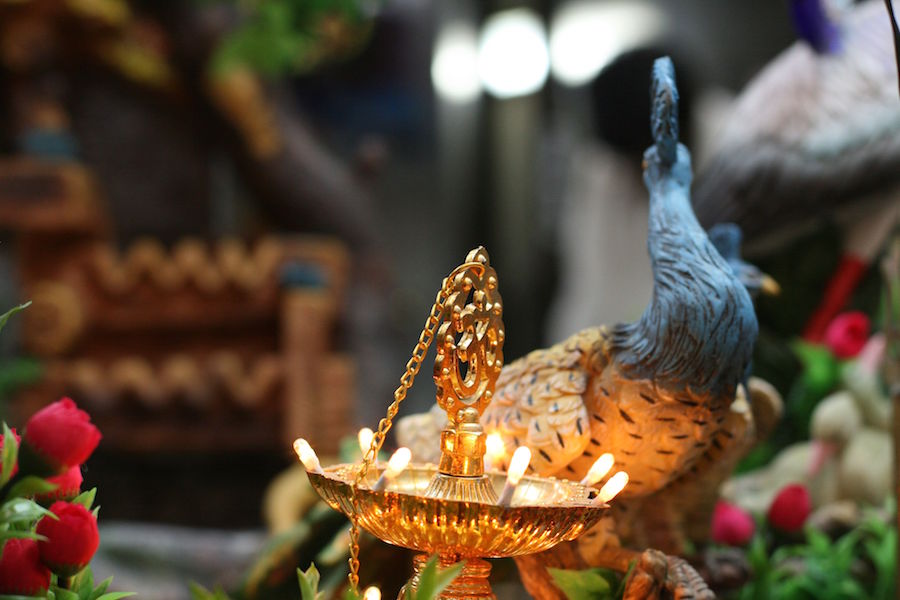
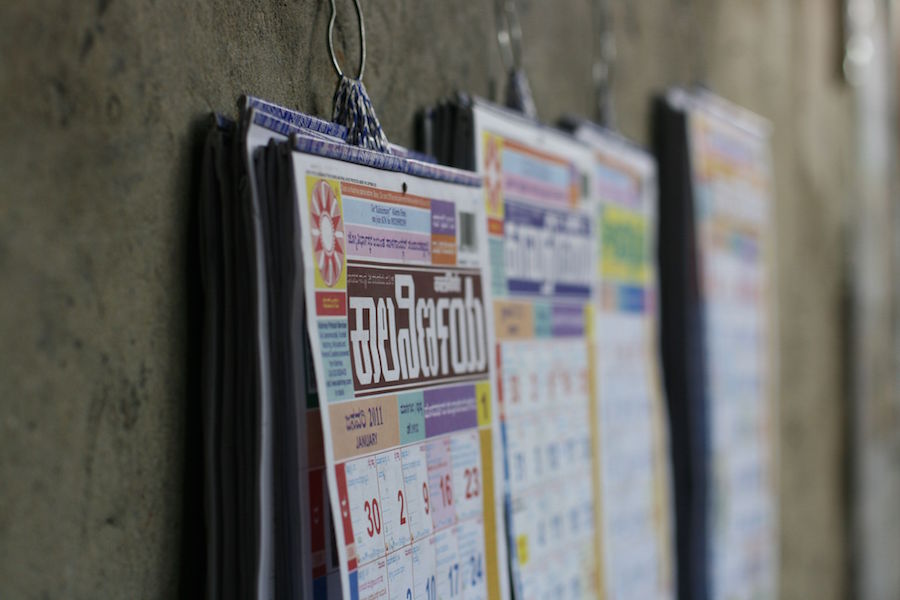
Since then, citizens of the great Bharat Ganarajya have kept coming. Dubai today has a strong Indian character and in many areas, it feels like you’re walking the streets of Mumbai or Delhi rather than an Arabic city. There is a ‘Little India’ of course, right in the middle of the Bur Dubai area. Here, most residents are Indian and the streets are lined with restaurants and shops selling everything you would ever need from the world’s second-most populous country. The feeling of having travelled through a portal to the heart of India is immediate.
Right down by the creek, tucked away in a narrow lane behind the Bur Dubai souk, is the ‘Indian market’. Unlike the neighboring main bazaar displaying shishas, spices and the quintessential item to any Middle Eastern souk: the scarf, the Indian market has nothing Arabic. Here, the shiny items are not belly-dancing outfits but Hindu figurines, and the smell of Nag Champa incense dominates any other. There is no baklava to be found, but an abundance of Indian sweets. And, right in the middle of the alley, is the only Hindu temple in the emirate.
5 thoughts on “Namasté Dubai”
Leave a Reply
You must be logged in to post a comment.









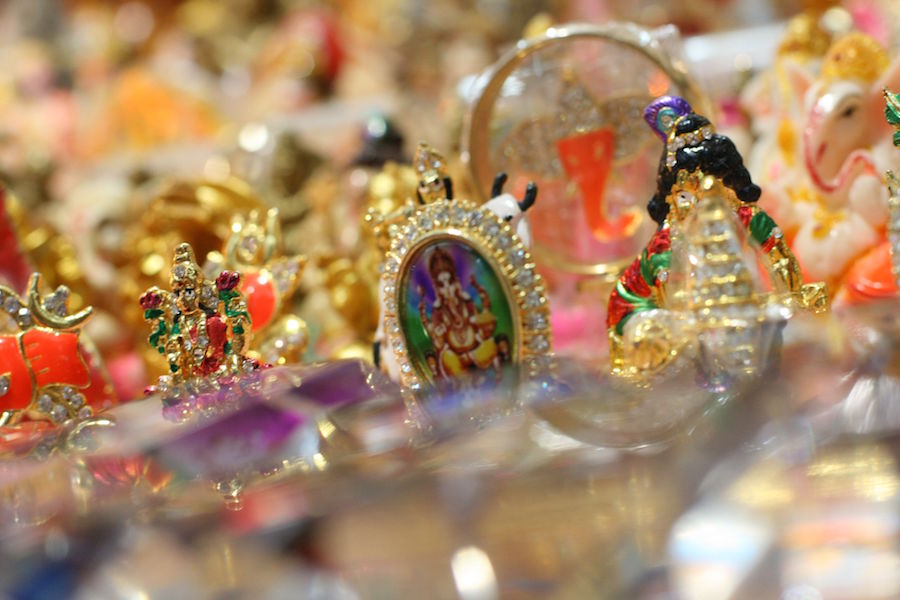
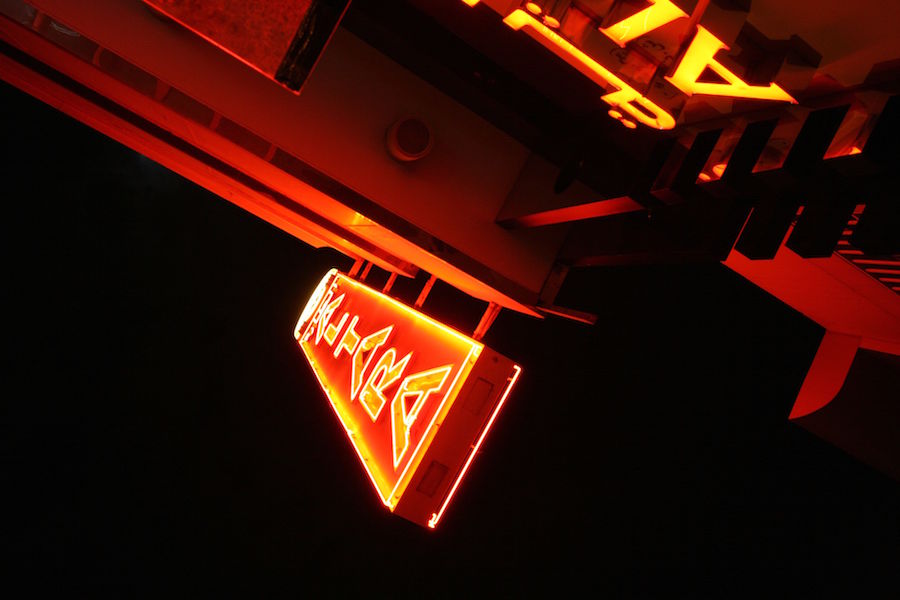
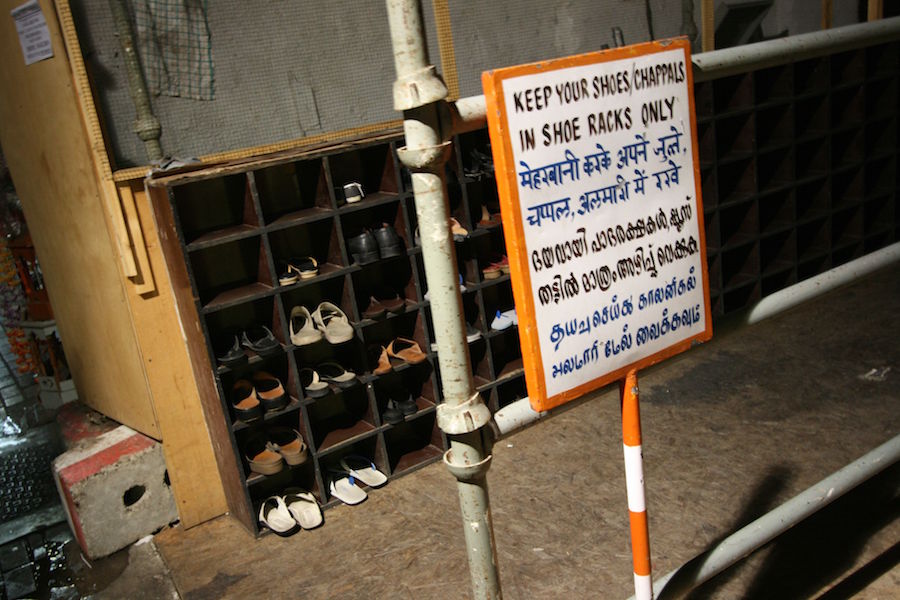
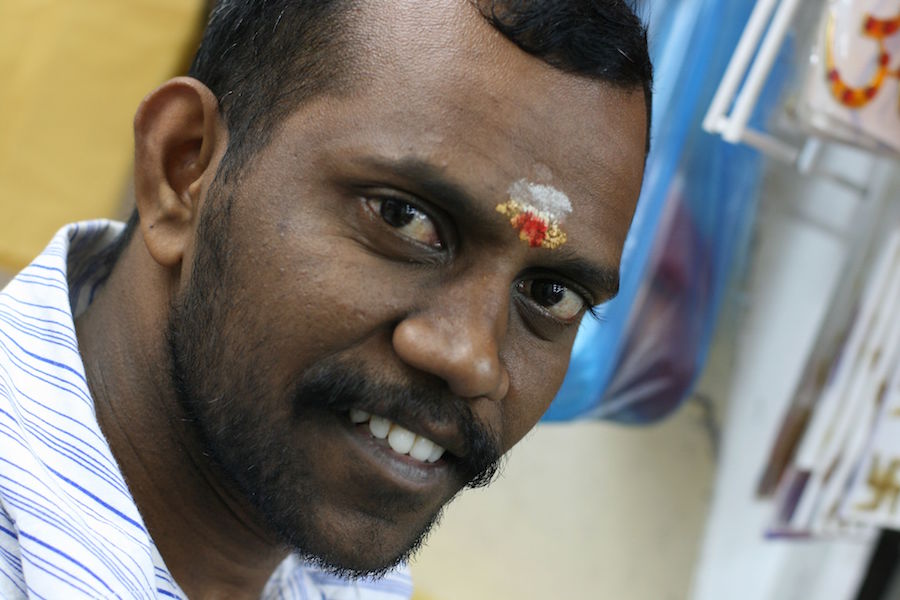
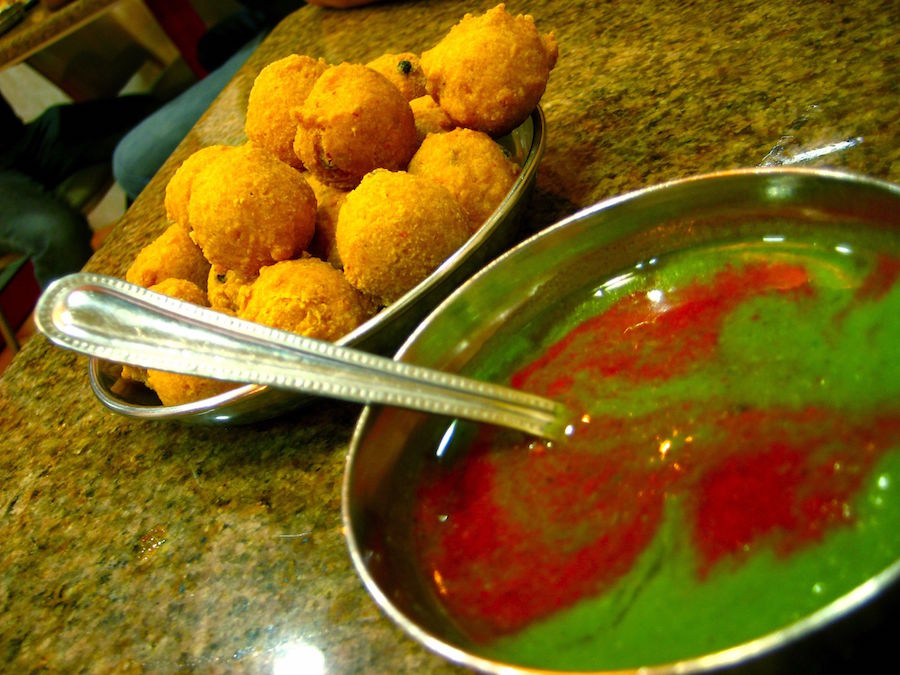


Id love to visit Dubai alone.. for a month, to see what its really all about, what lies bellow the filthy commercialism
This is awesome!
The pictures are awesome!